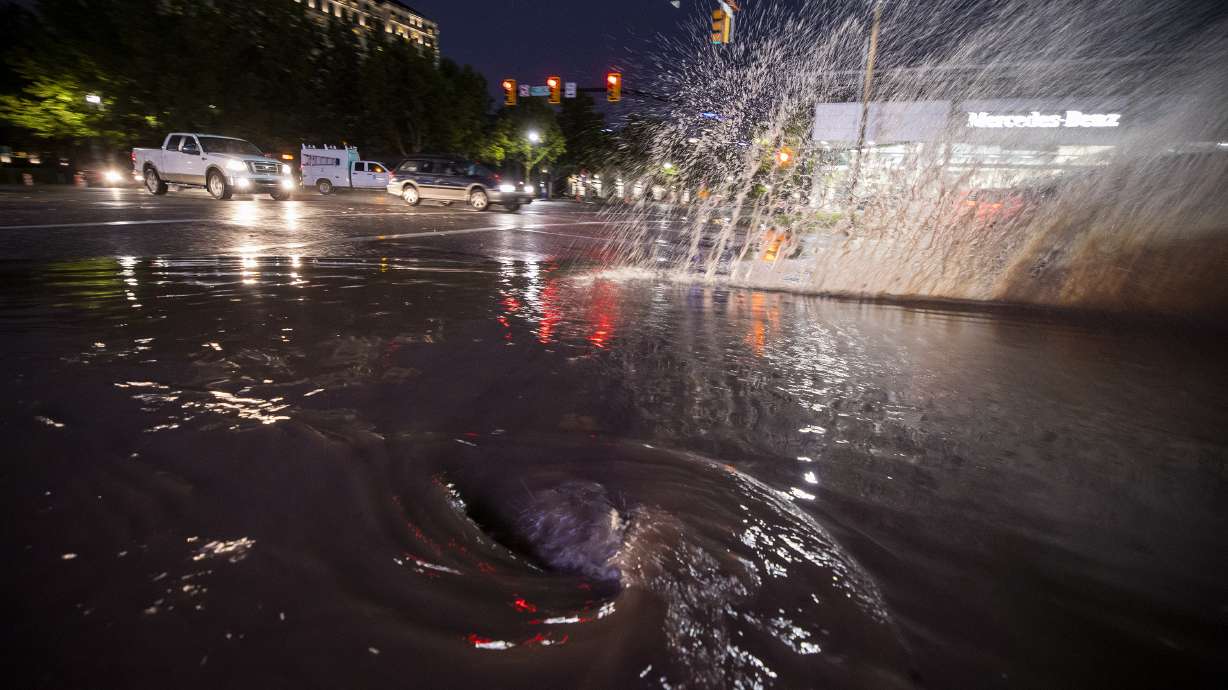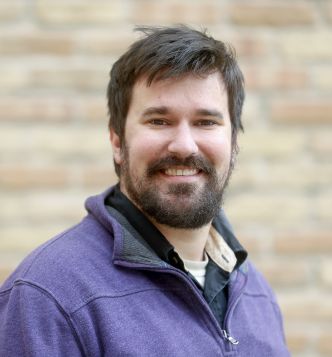SALT LAKE CITY — Chances are you've seen signs to adopt a highway at least once in your life.
The first "Adopt a Highway" sign dates back to 1985. A Texas transportation engineer thought of having volunteers sponsor cleanups after witnessing items blowing out of the back of a pickup truck, littering the roadway, according to History.com. The concept quickly grew globally and even to similar programs to clean up things like trails and waterways.
The Salt Lake City Department of Public Utilities is now looking for volunteers as it launches a similar concept for storm drains.
Department officials on Thursday opened a call for volunteers for its new Adopt a Storm Drain program. Much like other clean-up initiatives, residents, community groups, schools and businesses can apply.
"The Adopt a Storm Drain program is a wonderful opportunity to help take care of the streams and rivers in Utah's capital city," said Laura Briefer, the director for the Salt Lake City Department of Public Utilities, in a statement.
The program aims to reduce debris that clogs systems and can end up flowing into the Jordan River, a tributary to the Great Salt Lake. And there's a lot of debris that builds up. Public utility crews removed 2,715 tons of debris from storm drain systems just last year and 850 cubic feet of floating trash before it ended up in the river, according to city officials.
They add that volunteering just a few minutes twice a month can "contribute to cleaner communities and healthier waterways."
"Storm drains do not treat the water that flows into them," said Greg Archuleta, the department's stormwater quality program manager, in a statement. "By adopting a storm drain, residents are helping us to steward waterways in our community and to protect water quality."
Storm drains are often clogged by litter, such as plastic bottles, foam cups, trash bags and cigarette butts, but also by natural items like leaves. Not only can these result in pollution but can even lead to localized flooding as a result of buildup.
Since the drain runoff goes to creeks and streams that dump into the Jordan River and the Great Salt Lake, city officials say a cleaner storm drain can improve water quality and environmental health. That's where the program comes into play.
Volunteers are only able to adopt storm drains in residential neighborhoods because busier multi-lane roads are a safety concern. Those who do sign up for the program will not be allowed to lift or remove and storm drain covers or grates.
While volunteers aren't required to have any special equipment, brooms and rakes are recommended items to have, as are a trash grabber, gloves, a shovel, a pail or yard waste basket, a safety vest and orange cones, according to the department.
"It is up to each of us to take part in improving water quality and aquatic health of the Jordan River and all waterways in our community, for current and future generations," Briefer said.
Meanwhile, there are other programs aimed at improving water quality in the city. The city's proposed budget includes a 15% service fee increase for sewer, water, stormwater and garbage collection services that was scheduled years ago to help pay for a massive $800 million water reclamation plant in Rose Park that will help the city meet new federal standards.
The plant is expected to help reduce contamination in the Jordan River and the Great Salt Lake when it's completed in 2025.



